
Nagoya: Japan's Hidden Gem of Tradition and Innovation
Discover Nagoya: A seamless blend of tradition and modernity, offering historic castles, innovative museums, and unique culinary delights in the heart of Japan.
Nestled in the heart of Japan, Nagoya offers a unique blend of ancient tradition and cutting-edge innovation. This city, often overshadowed by Tokyo and Kyoto, is a treasure trove of cultural experiences, historic sites, and modern attractions. As the capital of Aichi Prefecture, Nagoya is a bustling metropolis that has played a pivotal role in Japan's industrial and economic development. Visitors to Nagoya can explore the majestic Nagoya Castle, a symbol of the city's rich history. The castle, originally built in the early 17th century, showcases exquisite architecture and beautiful gardens. Nearby, the Atsuta Shrine, one of Japan's oldest and most significant Shinto shrines, offers a serene retreat with its lush forested grounds and ancient treasures. For those interested in modern marvels, the SCMAGLEV and Railway Park is a must-visit. This museum highlights Japan's advancements in railway technology, featuring impressive exhibits of high-speed trains, including the famous Shinkansen bullet trains. Another contemporary attraction is the Nagoya City Science Museum, home to one of the world's largest planetariums and numerous interactive exhibits that captivate visitors of all ages. Nagoya is also a haven for food enthusiasts. The city is famous for its unique culinary offerings, such as miso katsu (breaded pork cutlet with red miso sauce) and hitsumabushi (grilled eel over rice). The bustling Osu Shopping Street and the upscale Sakae district provide a plethora of dining options, ranging from traditional Japanese cuisine to international flavors. Whether you are a history buff, a technology enthusiast, or a foodie, Nagoya promises an unforgettable experience. Its blend of old and new, coupled with its warm hospitality, makes it a perfect destination for tourists seeking a comprehensive taste of Japan.
Local tips in Nagoya
- Visit Nagoya Castle in the early morning to avoid crowds and enjoy the serene atmosphere.
- Purchase a one-day subway pass to make traveling around the city more convenient and cost-effective.
- Try the local specialty, miso katsu, at Yabaton, a well-known restaurant with several locations in Nagoya.
- Explore Osu Shopping Street for a mix of traditional shops, trendy boutiques, and delicious street food.
- Check the schedule for festivals like the Nagoya Matsuri in October for a chance to see traditional parades and performances.
Neighbourhoods in Nagoya
Nagoya: Japan's Hidden Gem of Tradition and Innovation
Nestled in the heart of Japan, Nagoya offers a unique blend of ancient tradition and cutting-edge innovation. This city, often overshadowed by Tokyo and Kyoto, is a treasure trove of cultural experiences, historic sites, and modern attractions. As the capital of Aichi Prefecture, Nagoya is a bustling metropolis that has played a pivotal role in Japan's industrial and economic development. Visitors to Nagoya can explore the majestic Nagoya Castle, a symbol of the city's rich history. The castle, originally built in the early 17th century, showcases exquisite architecture and beautiful gardens. Nearby, the Atsuta Shrine, one of Japan's oldest and most significant Shinto shrines, offers a serene retreat with its lush forested grounds and ancient treasures. For those interested in modern marvels, the SCMAGLEV and Railway Park is a must-visit. This museum highlights Japan's advancements in railway technology, featuring impressive exhibits of high-speed trains, including the famous Shinkansen bullet trains. Another contemporary attraction is the Nagoya City Science Museum, home to one of the world's largest planetariums and numerous interactive exhibits that captivate visitors of all ages. Nagoya is also a haven for food enthusiasts. The city is famous for its unique culinary offerings, such as miso katsu (breaded pork cutlet with red miso sauce) and hitsumabushi (grilled eel over rice). The bustling Osu Shopping Street and the upscale Sakae district provide a plethora of dining options, ranging from traditional Japanese cuisine to international flavors. Whether you are a history buff, a technology enthusiast, or a foodie, Nagoya promises an unforgettable experience. Its blend of old and new, coupled with its warm hospitality, makes it a perfect destination for tourists seeking a comprehensive taste of Japan.
When is the best time to go to Nagoya?
Iconic landmarks you can’t miss
Nagoya Castle
Explore the grandeur of Nagoya Castle, a historical gem showcasing Japan's feudal past with stunning architecture and beautiful gardens.
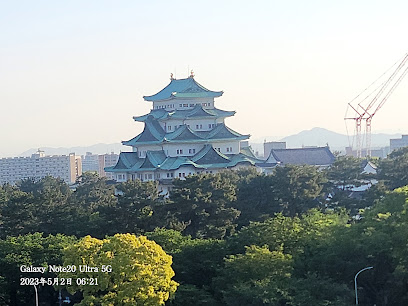
Atsuta-jingu Shrine
Discover the tranquil beauty and spiritual significance of Atsuta-jingu Shrine, a historic Shinto site in Nagoya, Japan.
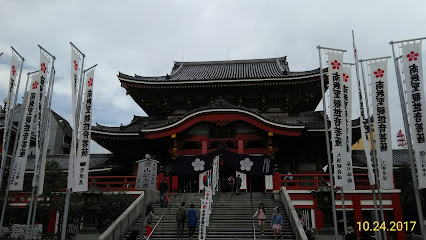
Toyota Commemorative Museum of Industry and Technology
Explore the evolution of technology and innovation at the Toyota Commemorative Museum of Industry and Technology in Nagoya, a hub for automotive history enthusiasts.
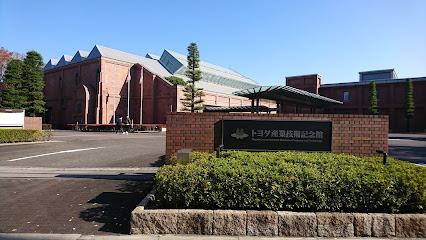
Nagoya City Science Museum
Immerse yourself in science at the Nagoya City Science Museum, featuring interactive exhibits, a stunning planetarium, and engaging displays for all ages.
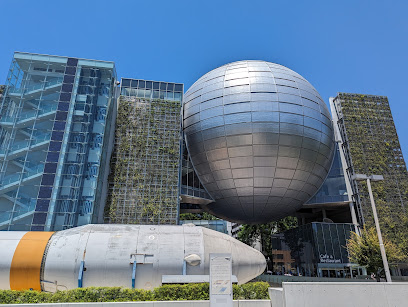
Legoland Japan Resort
Explore the colorful world of LEGOLAND Japan Resort, where imagination comes alive with thrilling rides and whimsical attractions for the entire family.
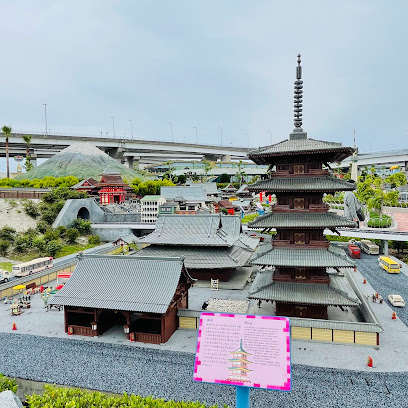
Osu-kannon Temple
Explore the serene Osu Kannon Temple in Nagoya, a stunning Buddhist sanctuary surrounded by the vibrant Osu shopping district, rich in culture and history.
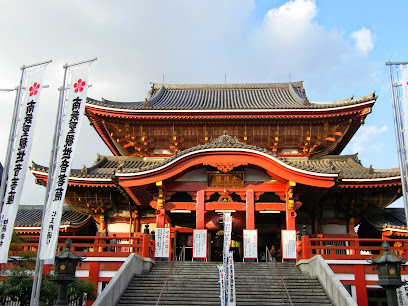
Osu Shōtengai Shopping Street
Explore the lively Osu Shōtengai Shopping Street in Nagoya, where unique shops, delicious street food, and vibrant culture await every visitor.
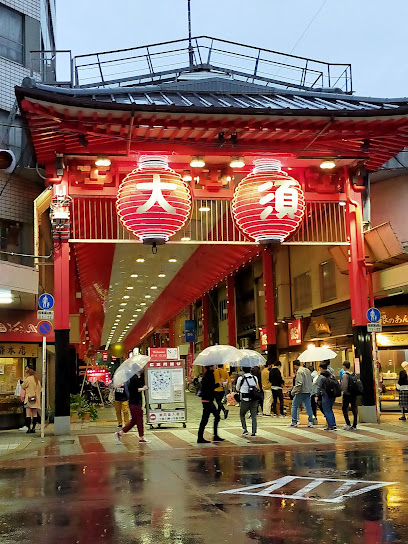
Oasis 21
Experience Oasis 21 in Nagoya: a unique blend of park, shopping, and stunning architectural design that captivates every visitor.
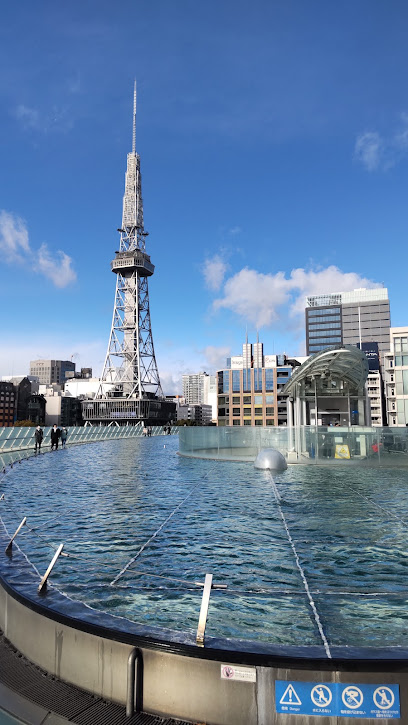
Noritake Garden
Explore the beauty of Noritake Garden, a serene oasis in Nagoya, blending exquisite gardens and porcelain artistry for an unforgettable experience.
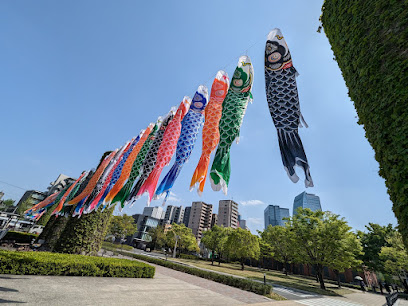
Shirakawa Park
Discover Shirakawa Park in Nagoya, a beautiful urban park offering serene landscapes, fun play areas, and a perfect escape from the city bustle.
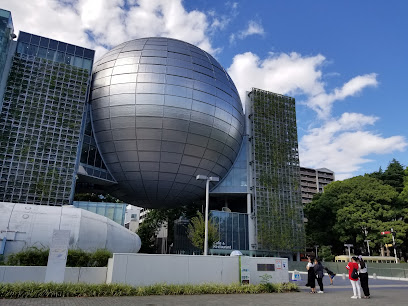
Chubu Electric Power MIRAI TOWER
Experience breathtaking views and vibrant culture at Chubu Electric Power MIRAI TOWER, Nagoya's iconic observation deck and tourist attraction.

Tokugawa Park
Experience the serene beauty of Tokugawa Park, a historical garden in Nagoya offering stunning landscapes and rich cultural heritage.

Hisaya Ōdōri Park
Explore Hisaya Ōdōri Park, an urban oasis in Nagoya, offering lush gardens, cultural attractions, and stunning city views for a perfect day out.
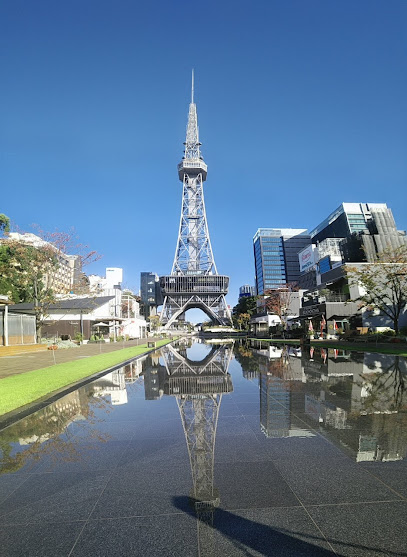
The Tokugawa Art Museum
Explore the Tokugawa Art Museum in Nagoya, where history and art collide, showcasing Japan's rich cultural heritage through stunning artifacts.
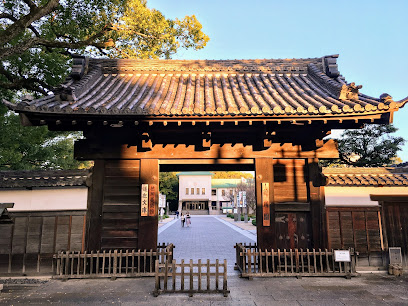
Honmaru Palace
Explore the historical grandeur of Honmaru Palace in Nagoya, a stunning landmark steeped in Japan's rich imperial heritage.
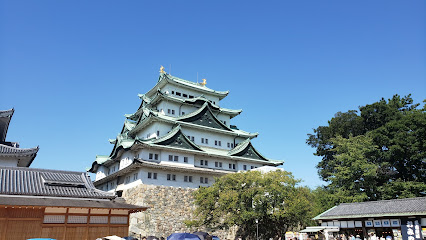
Unmissable attractions to see
Nagoya Castle
Explore the historic Nagoya Castle, a magnificent symbol of Japan's feudal era with stunning architecture and serene gardens.
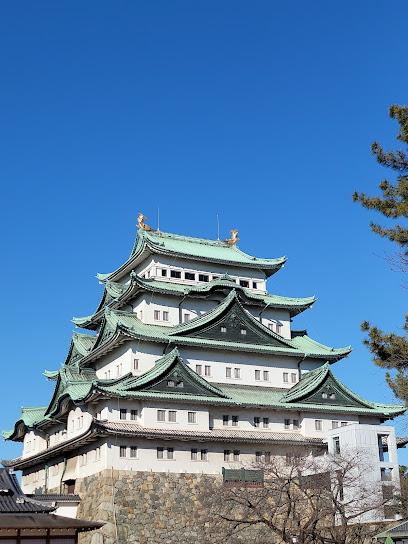
Atsuta-jingu Shrine
Discover the spiritual heart of Nagoya at Atsuta-jingu Shrine, home to ancient traditions, stunning architecture, and serene natural beauty.
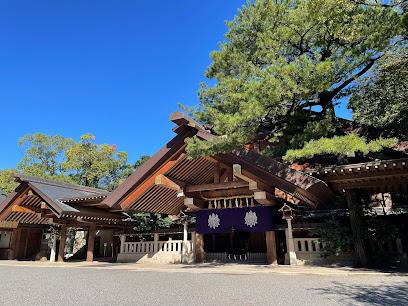
Inuyama Castle
Explore the historic Inuyama Castle, a national treasure offering breathtaking views and a glimpse into Japan's feudal past, nestled in Aichi Prefecture.
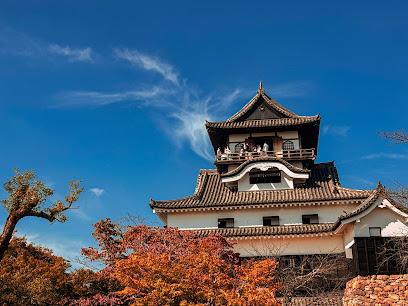
Nagashima Spa Land
Discover the excitement and relaxation at Nagashima Spa Land - a top amusement park in Japan with thrilling rides, a stunning Ferris wheel, and refreshing swimming pools.
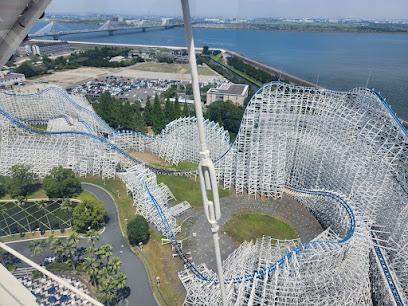
Toyota Commemorative Museum of Industry and Technology
Discover the evolution of automotive innovation at the Toyota Commemorative Museum of Industry and Technology in Nagoya, where history and creativity collide.
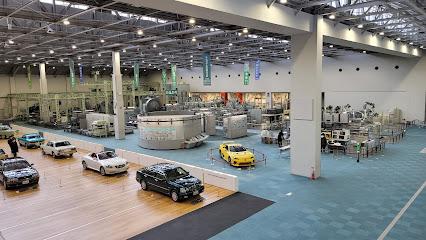
Nagoya City Science Museum
Explore the Nagoya City Science Museum, a leading destination for science enthusiasts featuring interactive exhibits and a stunning planetarium in the heart of Nagoya.

Legoland Japan
Experience the wonder of LEGOLAND Japan, where imagination and adventure come to life with thrilling rides, interactive attractions, and LEGO magic.
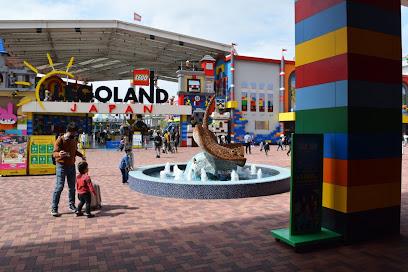
SCMaglev and Railway Park
Explore the fascinating world of Japan's rail history at SCMaglev and Railway Park, where innovation meets tradition in a unique museum experience.
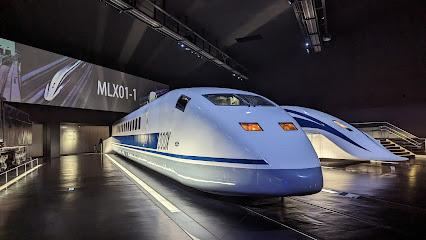
Oasis 21
Discover the architectural wonder of Oasis 21 in Nagoya, a vibrant hub for shopping, dining, and stunning city views.
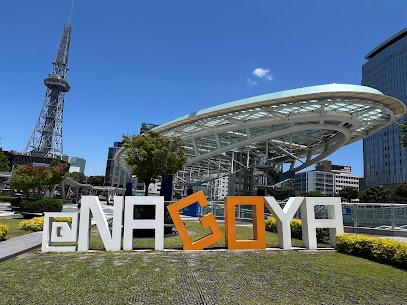
Tsuruma Park
Discover Tsuruma Park, a beautiful urban retreat in Nagoya, filled with stunning landscapes, rich cultural heritage, and seasonal celebrations.
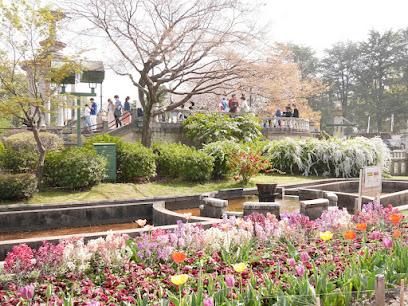
Higashiyama Zoo and Botanical Gardens
Explore Higashiyama Zoo and Botanical Gardens, a captivating blend of wildlife and botanical beauty in the heart of Nagoya, Japan.
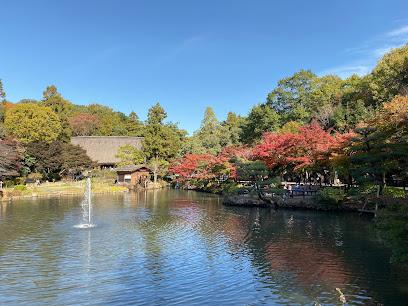
Korankei Gorge
Experience the enchanting beauty of Korankei Gorge, a top scenic spot in Aichi, Japan, perfect for hiking and enjoying stunning seasonal colors.
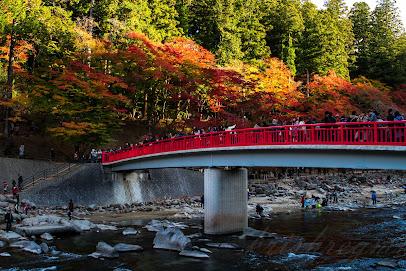
Noritake Garden
Explore the enchanting Noritake Garden in Nagoya, a perfect blend of serene landscapes and rich cultural heritage showcasing exquisite porcelain artistry.
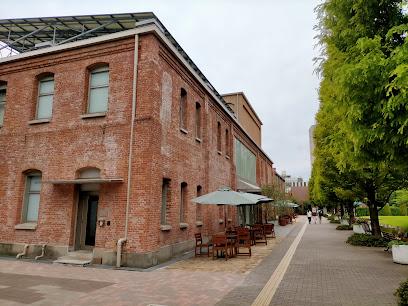
Chubu Electric Power MIRAI TOWER
Explore the iconic Chubu Electric Power MIRAI TOWER in Nagoya, offering stunning views, delicious dining, and unique shopping experiences.
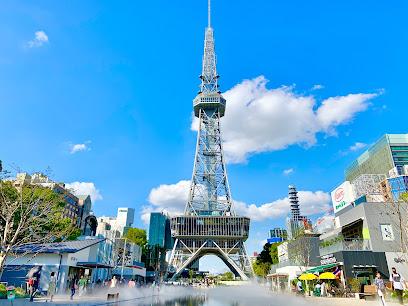
Shirakawa Park
Discover the tranquil beauty of Shirakawa Park, a green escape in Nagoya with unique attractions and local cultural experiences.
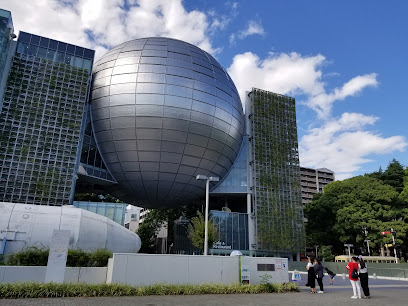
Essential places to dine
Atsuta Horaiken Main Restaurant
Discover authentic Japanese cuisine at Atsuta Horaiken Main Restaurant - famous for its traditional unagi dishes and seafood specialties in Nagoya.
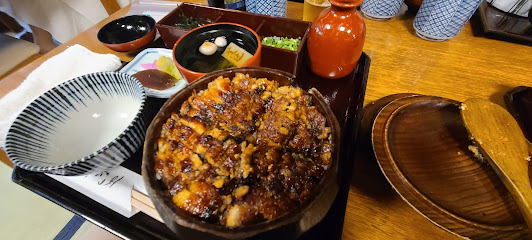
Misokatsu Yabaton Yaba-cho Honten
Experience authentic Nagoya cuisine at Misokatsu Yabaton Yaba-cho Honten – home of the iconic miso cutlet.
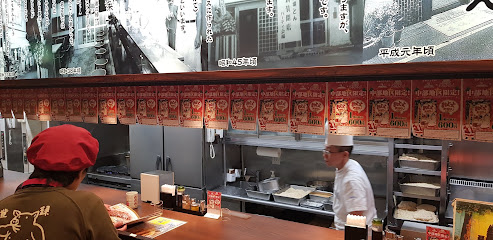
Misokatsu Yabaton (9F)
Experience authentic Nagoya cuisine at Misokatsu Yabaton – home to exquisite miso cutlets and delightful Japanese dining.
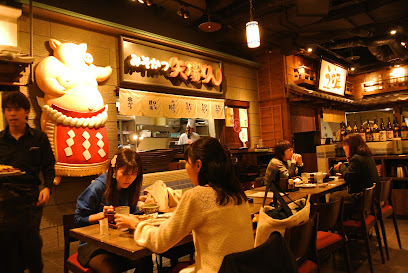
Maruya
Experience authentic unagi cuisine at Maruya in Nagoya - where tradition meets flavor amidst stunning city views.

The Kawabun Nagoya
Experience exquisite Italian cuisine at The Kawabun Nagoya – where elegance meets flavor in the heart of Japan.
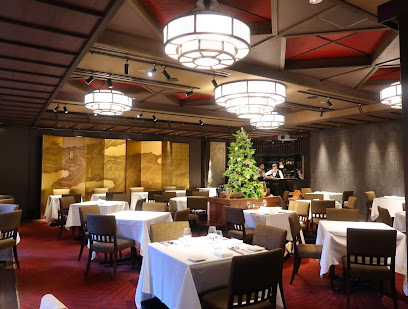
Osso Brasil
Experience authentic Brazilian cuisine in Nagoya at Osso Brasil – where every dish tells a story of flavor and culture.
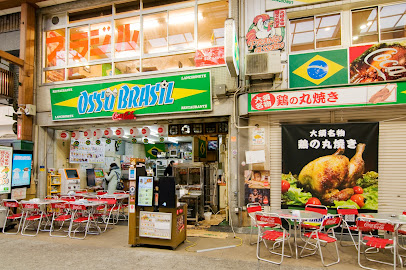
Maruhashokudo JR Nagoyaekiten
Discover the best seafood dining experience at Maruhashokudo JR Nagoyaekiten, where fresh flavors meet convenience in the heart of Nagoya Station.
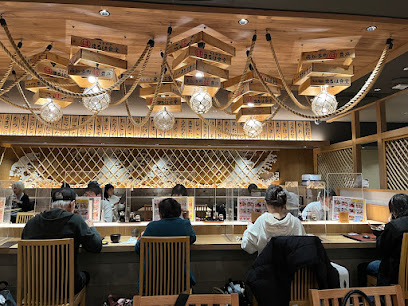
Misokatsu Yabaton
Discover the authentic taste of Nagoya at Misokatsu Yabaton - home of the famous miso cutlet in a vibrant setting.
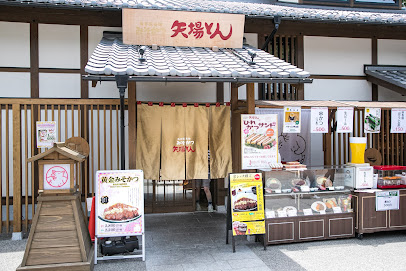
Kitchen Nagoya
Experience authentic Japanese cuisine at Kitchen Nagoya—home of delicious tonkatsu and more in the heart of JR Nagoya Station.
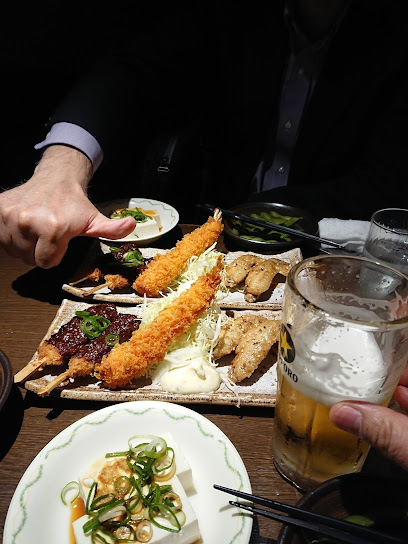
Moumoutei
Discover the authentic taste of Yakiniku at Moumoutei in Nagoya - where high-quality meats meet traditional Japanese grilling techniques.
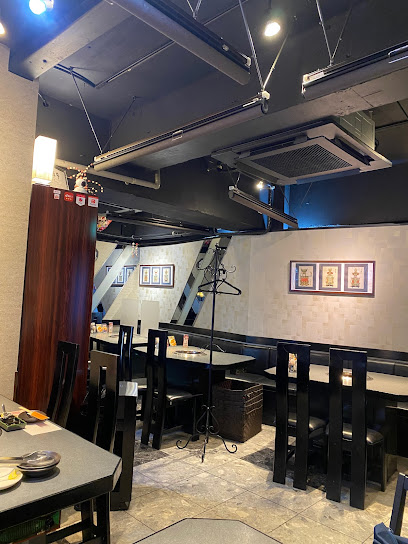
THE GATEHOUSE
Experience exquisite French cuisine with stunning city views at The Gatehouse in Nagoya's JR Gate Tower Hotel.
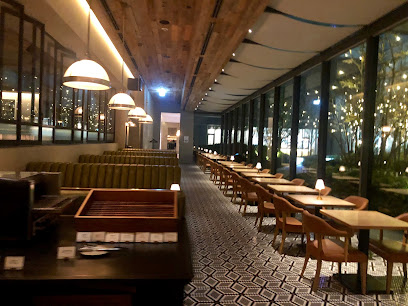
Gajapo
Discover Gajapo in Nagoya – where traditional Japanese flavors meet modern culinary creativity in a welcoming atmosphere.
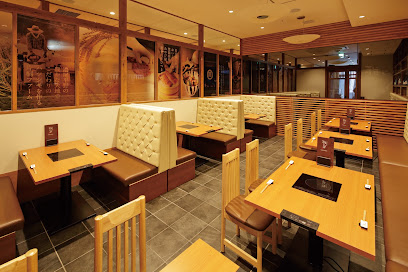
Nepal station
Experience authentic Nepalese cuisine in Nagoya's Marunouchi district at Nepal Station – where every dish tells a story.
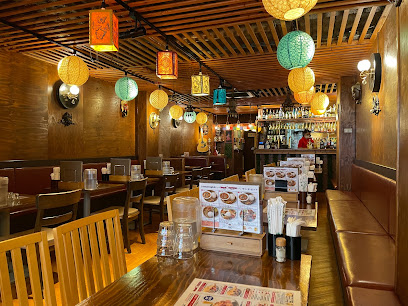
LAYER'S HAMBURGER
Experience the best of American cuisine at Layer's Hamburger in Nagoya – gourmet burgers and hot dogs await!
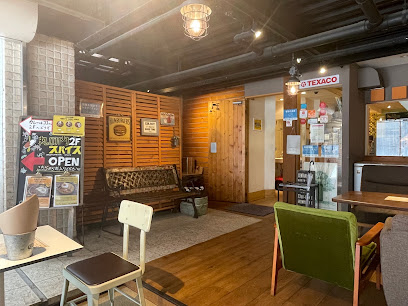
Dome
Discover Dome in Nagoya: A fusion of traditional Japanese cuisine with modern culinary artistry awaits every food enthusiast.
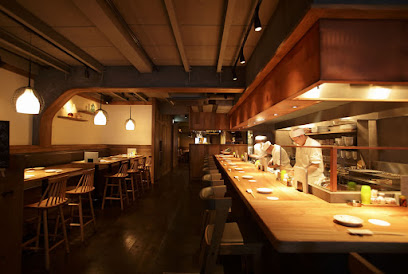
Markets, malls and hidden boutiques
Matsuzakaya Nagoya
Discover the essence of Japanese shopping at Matsuzakaya Nagoya, where luxury meets local charm in a shopper's haven.
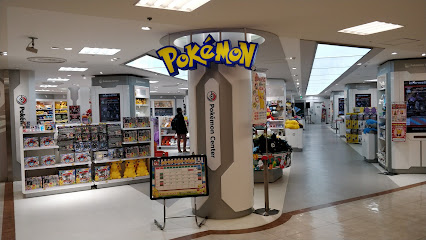
JR Nagoya Takashimaya
Explore the finest shopping and dining at JR Nagoya Takashimaya, a must-visit department store in the heart of Nagoya, Aichi.
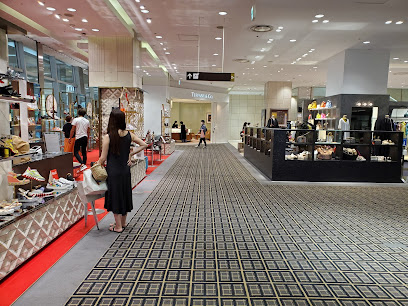
Oasis 21
Explore the vibrant Oasis 21 in Nagoya, where modern architecture meets lush landscapes, shopping, and culinary delights.
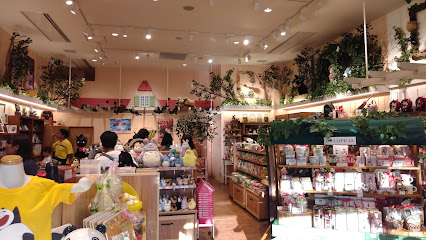
mozo Wonder City
Discover Mozo Wonder City, Nagoya's shopping paradise, where retail, dining, and entertainment come together for an unforgettable experience.
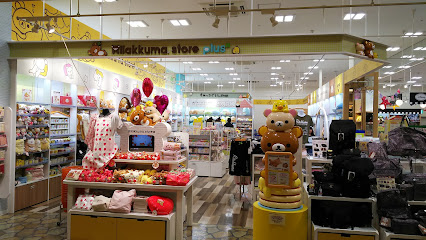
Esca underground shopping center
Explore the unique Esca Underground Shopping Center in Nagoya for a vibrant shopping and dining experience beneath the bustling streets.
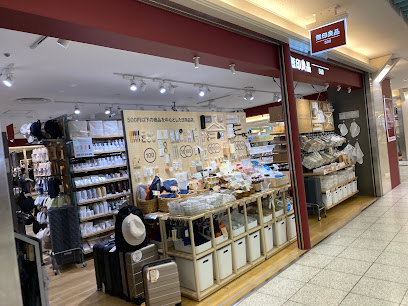
Nagoya PARCO
Discover the ultimate shopping experience at Nagoya PARCO, where fashion meets flavor in a vibrant urban setting.

MITSUKOSHI Nagoya Sakae Store
Discover the luxury of shopping at MITSUKOSHI Nagoya Sakae Store, where elegance meets a unique blend of Japanese culture and modern trends.
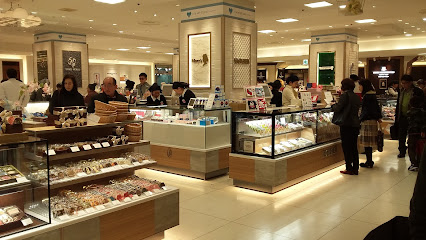
LACHIC
Discover LACHIC, a premier shopping destination in Nagoya, blending fashion, dining, and entertainment for an unforgettable retail experience.
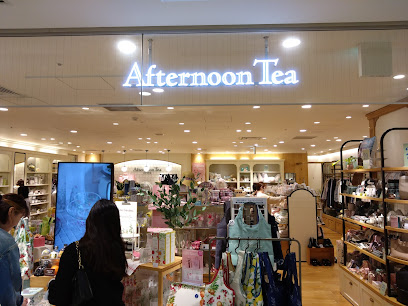
Meitetsu Department Store Main Store
Explore the vibrant Meitetsu Department Store in Nagoya, where shopping meets culture and culinary delights await.
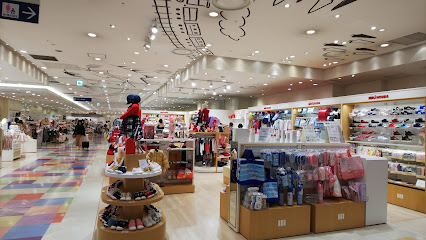
Sunshine Sakae
Experience the best of shopping, dining, and entertainment at Sunshine Sakae, Nagoya's bustling shopping mall with a vibrant atmosphere.
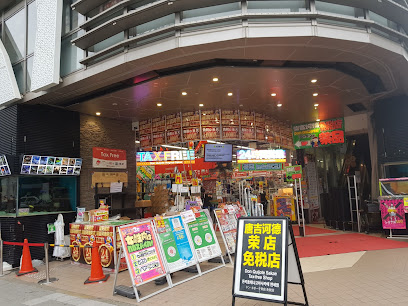
KITTE名古屋
Experience shopping like never before at KITTE Nagoya, where modern retail meets traditional Japanese charm in the heart of the city.
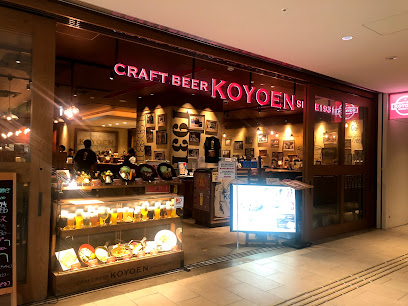
JR Takashimaya Gate Tower Mall
Discover the ultimate shopping and dining experience at JR Takashimaya Gate Tower Mall, a must-visit destination in Nagoya's vibrant cityscape.
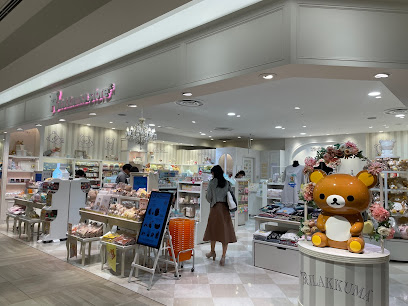
SKYLE
Discover SKYLE in Nagoya, a vibrant shopping mall offering a mix of retail, dining, and entertainment experiences for all visitors.
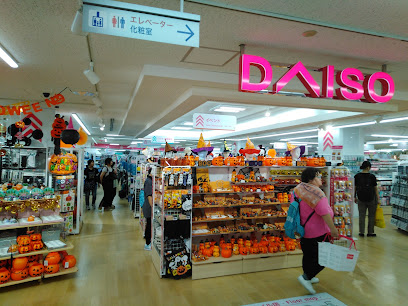
Nagoya PARCO West Bldg.
Discover the best shopping, dining, and entertainment experiences at Nagoya PARCO West Bldg., the heart of Nagoya's vibrant retail scene.
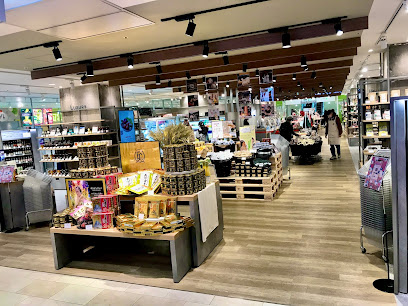
Grand Kiosk Nagoya
Explore Grand Kiosk Nagoya, your ultimate destination for authentic souvenirs and local treasures in the heart of Nagoya's bustling JR Station.

Essential bars & hidden hideouts
Shooters
Discover Shooters in Nagoya – where sports, delicious food, and a vibrant atmosphere converge for an unforgettable dining experience.
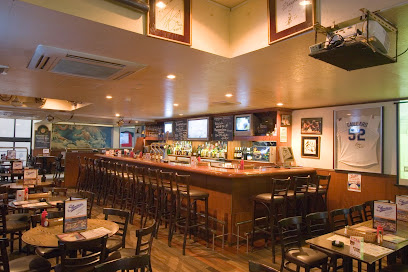
BAR BARNS
Discover the vibrant nightlife at BAR BARNS, a trendy bar in Nagoya offering exquisite cocktails and a lively atmosphere for an unforgettable experience.
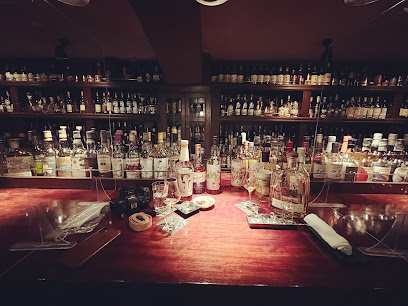
Coat of Arms Bar and Restaurant
Discover a lively bar and dining experience in Nagoya with delicious food, refreshing drinks, and a vibrant atmosphere at Coat of Arms.
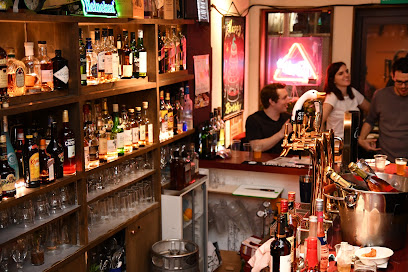
The Rock Aussie Sports Bar & Grill
Savor authentic Australian flavors and experience the thrill of sports at The Rock Aussie Sports Bar & Grill in Nagoya.
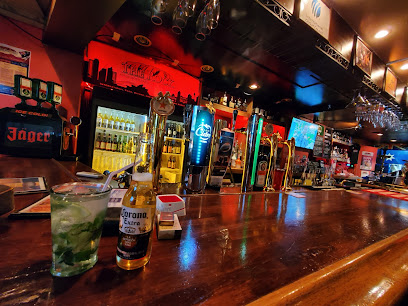
The 59's Sports Bar & Diner
Discover the vibrant atmosphere of The 59's Sports Bar & Diner in Nagoya, where delicious food meets the excitement of live sports.
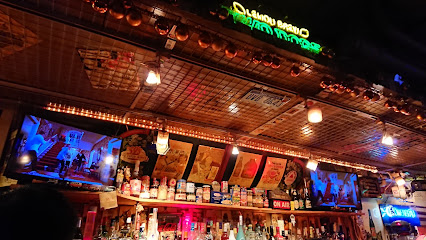
The One and Only
Experience the fusion of French and Japanese cuisine at The One and Only, a sophisticated bar atop Nagoya Lucent Tower with stunning city views.
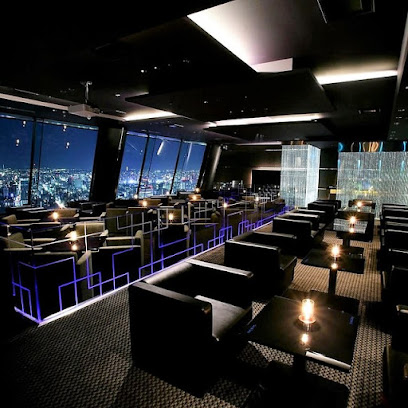
JIGGER BAR SILK ROAD
Discover the art of mixology at Jigger Bar Silk Road, a vibrant bar in Nagoya offering exquisite cocktails and a lively atmosphere.
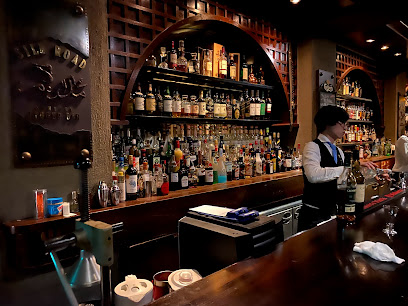
Bar Neat 名駅店
Experience the chic atmosphere and exquisite drinks at Bar Neat in Nagoya, the perfect retreat for nightlife enthusiasts.
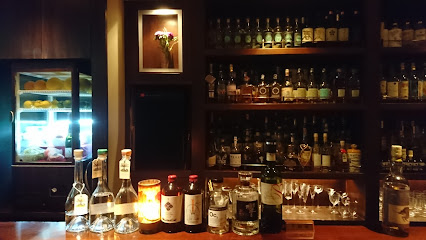
Irish Pub Celts
Discover the lively atmosphere of Irish Pub Celts in Nagoya, where Irish charm meets Italian cuisine for an unforgettable dining experience.
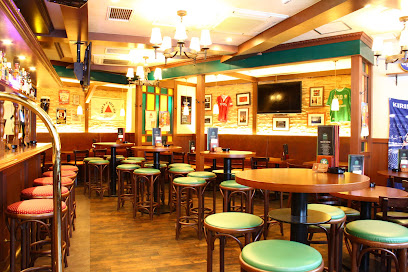
ark BAR GRANDE
Discover the vibrant nightlife at ark BAR GRANDE in Nagoya, where exquisite drinks and a lively atmosphere await you.
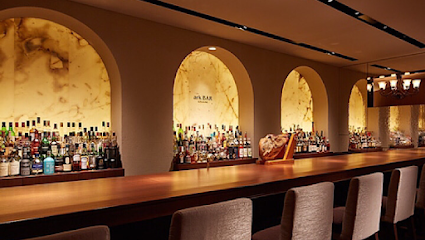
Bar K-9
Experience the joy of cocktails and canines at Bar K-9, Nagoya's premier pet-friendly cocktail bar offering a unique blend of fun and flavor.
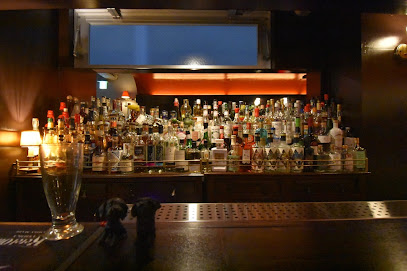
Bar Chœur
Experience the vibrant nightlife of Nagoya at Bar Chœur, where exquisite cocktails and a lively atmosphere await every visitor.
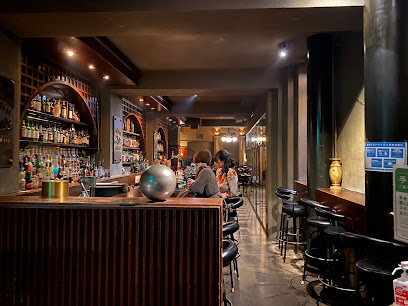
Devil Bar
Experience the vibrant nightlife of Nagoya at Devil Bar, where local flavors meet an electrifying atmosphere perfect for tourists.

Nagoya Highball Bar
Discover the vibrant nightlife at Nagoya Highball Bar, where expertly crafted cocktails meet a chic atmosphere in the heart of Nagoya.
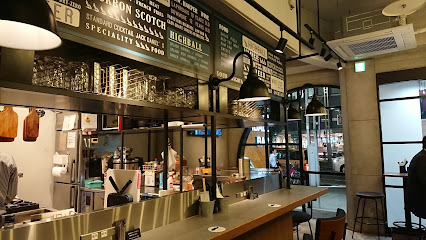
Bourbon Street
Experience the vibrant nightlife of Nagoya at Bourbon Street, where exquisite drinks and a lively atmosphere await.
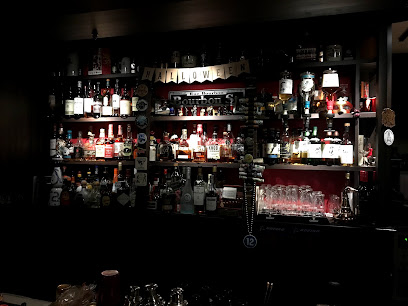
Local Phrases
-
- Helloこんにちは
[Konnichiwa] - Goodbyeさようなら
[Sayonara] - Yesはい
[Hai] - Noいいえ
[Iie] - Please/You're welcomeどうぞ
[Douzo] - Thank youありがとうございます
[Arigatou gozaimasu] - Excuse me/Sorryすみません
[Sumimasen] - How are you?お元気ですか?
[Ogenki desu ka?] - Fine. And you?元気です。あなたは?
[Genki desu. Anata wa?] - Do you speak English?英語を話せますか?
[Eigo o hanasemasu ka?] - I don't understandわかりません
[Wakarimasen]
- Helloこんにちは
-
- I'd like to see the menu, pleaseメニューを見せていただきたいのですが
[Menyuu o misete itadakitai no desu ga] - I don't eat meat肉は食べません
[Niku wa tabemasen] - Cheers!乾杯!
[Kanpai!] - I would like to pay, pleaseお会計をお願いします
[Okaikei o onegaishimasu]
- I'd like to see the menu, pleaseメニューを見せていただきたいのですが
-
- Help!助けて!
[Tasukete!] - Go away!行ってください!
[Itte kudasai!] - Call the Police!警察を呼んでください!
[Keisatsu o yonde kudasai!] - Call a doctor!医者を呼んでください!
[Isha o yonde kudasai!] - I'm lost迷子です
[Maigo desu] - I'm ill具合が悪いです
[Guai ga warui desu]
- Help!助けて!
-
- I'd like to buy......を買いたいです
[ ... o kaitai desu] - I'm just looking見てるだけです
[Miteru dake desu] - How much is it?いくらですか?
[Ikura desu ka?] - That's too expensiveそれは高すぎます
[Sore wa takasugimasu] - Can you lower the price?値引きしてもらえますか?
[Nebiki shite moraemasu ka?]
- I'd like to buy......を買いたいです
-
- What time is it?今何時ですか?
[Ima nanji desu ka?] - It's one o'clock一時です
[Ichiji desu] - Half past (10)十時半
[Juuji han] - Morning朝
[Asa] - Afternoon午後
[Gogo] - Evening夕方
[Yuugata] - Yesterday昨日
[Kinou] - Today今日
[Kyou] - Tomorrow明日
[Ashita] - 1一
[Ichi] - 2二
[Ni] - 3三
[San] - 4四
[Shi] - 5五
[Go] - 6六
[Roku] - 7七
[Nana] - 8八
[Hachi] - 9九
[Kyuu] - 10十
[Ju]
- What time is it?今何時ですか?
-
- Where's a/the...?...はどこですか?
[... wa doko desu ka?] - What's the address?住所は何ですか?
[Jusho wa nan desu ka?] - Can you show me (on the map)?地図で見せてもらえますか?
[Chizu de misete moraemasu ka?] - When's the next (bus)?次のバスはいつですか?
[Tsugi no basu wa itsu desu ka?] - A ticket (to ....)一枚の切符(...へ)
[Ichimai no kippu (... e)]
- Where's a/the...?...はどこですか?
History of Nagoya
-
Nagoya, located in the heart of Japan, has roots that trace back to the 16th century. Originally a castle town, it was founded by Tokugawa Ieyasu, the first shogun of the Tokugawa shogunate. Nagoya Castle, built in 1612, became a symbol of the city's strategic military significance. The golden shachihoko (mythical dolphin-like creatures) adorning the castle roofs are iconic symbols of Nagoya's heritage.
-
During the Edo period (1603-1868), Nagoya flourished as a key economic and cultural center. The city was a major stop along the Tokaido road, which connected Edo (modern-day Tokyo) to Kyoto. This period saw the establishment of various traditional crafts, such as Arimatsu-Narumi shibori (tie-dyeing) and Seto ceramics, which continue to be significant cultural trademarks of the region.
-
The Meiji Restoration in 1868 brought profound changes to Nagoya, transforming it into an industrial powerhouse. The city embraced modernization with the introduction of railways and the establishment of industries such as textiles, ceramics, and machinery. This period also saw the inception of major corporations like Toyota, which originated as a textile manufacturer in the nearby city of Toyota.
-
World War II had a devastating impact on Nagoya, with extensive bombing raids causing significant destruction. However, the city's resilience shone through in the post-war era, leading to rapid reconstruction and modernization. The rebuilding efforts included the restoration of Nagoya Castle, which had been destroyed during the war, and the development of new urban infrastructure.
-
Today, Nagoya stands as Japan's fourth-largest city and a vital economic and cultural hub. It is home to numerous attractions such as the Atsuta Shrine, one of Shinto's most significant shrines, and the Tokugawa Art Museum, which houses samurai artifacts and cultural treasures. The city's culinary scene is also notable, with local specialties like miso katsu (pork cutlet with miso sauce) and hitsumabushi (grilled eel) offering a taste of Nagoya's rich gastronomic heritage.
Nagoya Essentials
-
Nagoya is accessible via Chubu Centrair International Airport (NGO), located approximately 35 kilometers south of the city center. From the airport, you can take the Meitetsu Airport Line to reach Nagoya Station in around 30 minutes. Alternatively, you can arrive via bullet train (Shinkansen) from major cities like Tokyo, Kyoto, and Osaka. Nagoya is also well-connected by highway buses and conventional trains.
-
Nagoya has an efficient public transportation system, including subways, buses, and trains. The city's subway network consists of six lines that cover most major attractions. The Me~guru tourist bus offers a convenient way to explore key sights. Taxis are also available but can be more expensive. For those preferring to drive, car rentals are available, but be mindful of local driving laws and parking restrictions.
-
The official currency is the Japanese Yen (JPY). Credit cards are widely accepted in hotels, larger restaurants, and retail shops; however, cash is still preferred in smaller establishments. ATMs are plentiful, and international cards are accepted at most 7-Eleven and Japan Post ATMs. It's advisable to carry some cash for small purchases and transportation.
-
Nagoya is generally a safe city for tourists. However, standard safety precautions should still be taken. Avoid leaving your belongings unattended and be cautious in crowded places. The area around Nagoya Station can be busy, so keep an eye on your valuables. There are no particular neighborhoods with high crime rates targeting tourists, but always stay vigilant.
-
In case of an emergency, dial 110 for police assistance and 119 for fire and ambulance services. English-speaking operators may be available. Nagoya has several hospitals and clinics with English-speaking staff. It's also recommended to have travel insurance that covers medical emergencies. Pharmacies are common and can provide over-the-counter medications for minor ailments.
-
Fashion: Do dress conservatively, especially when visiting temples and shrines. Avoid overly casual or revealing clothing. Religion: Do show respect at religious sites. Bow slightly when entering and exiting. Public Transport: Do stand on the left side of escalators and let people pass on the right. Don't talk loudly on your phone or eat and drink on public transport. Greetings: Do bow slightly when greeting people and say 'Konnichiwa'. Handshakes are less common but acceptable. Eating & Drinking: Do try local dishes and eat quietly. Don't stick chopsticks upright in your rice, as it resembles a funeral ritual.
-
To experience Nagoya like a local, visit Osu Shopping District for a mix of traditional and modern shops. Try the local specialty, hitsumabushi (grilled eel), at one of the many renowned restaurants. Explore the city by bike; rental services are available and many areas have dedicated cycling paths. Participate in local festivals, such as the Nagoya Matsuri, for an authentic cultural experience.
Trending Landmark in Nagoya
-
Nagoya Castle
-
Atsuta-jingu Shrine
-
Toyota Commemorative Museum of Industry and Technology
-
Nagoya City Science Museum
-
Legoland Japan Resort
-
Osu-kannon Temple
-
Osu Shōtengai Shopping Street
-
Oasis 21
-
Noritake Garden
-
Shirakawa Park
-
Chubu Electric Power MIRAI TOWER
-
Tokugawa Park
-
Hisaya Ōdōri Park
-
The Tokugawa Art Museum
-
Honmaru Palace
Nearby Cities to Nagoya
-
Things To Do in Kyoto
-
Things To Do in Nara
-
Things To Do in Osaka
-
Things To Do in Kanazawa
-
Things To Do in Tokyo
-
Things To Do in Hiroshima
-
Things To Do in Fukuoka
-
Things To Do in Pohang
-
Things To Do in Ulsan
-
Things To Do in Gyeongju
-
Things To Do in Busan
-
Things To Do in Andong
-
Things To Do in Daegu
-
Things To Do in Suncheon
-
Things To Do in Daejeon
















